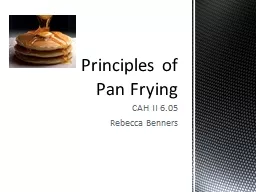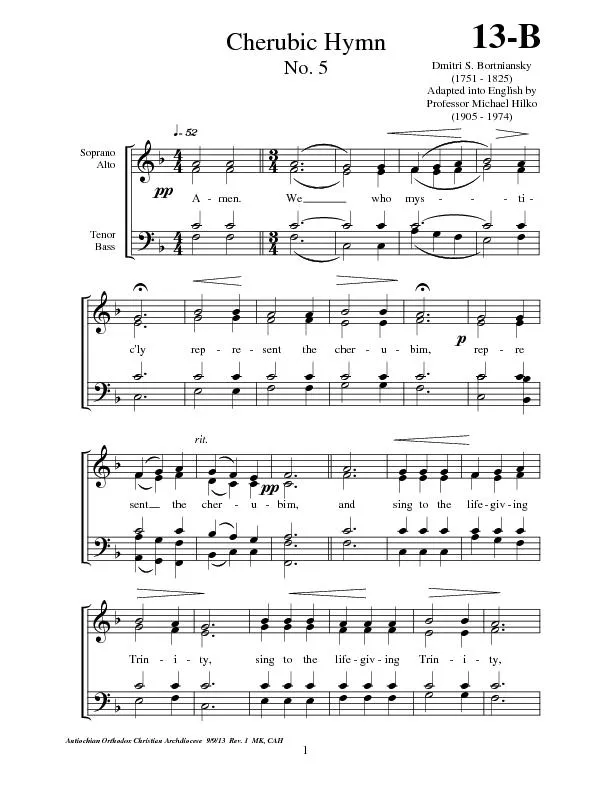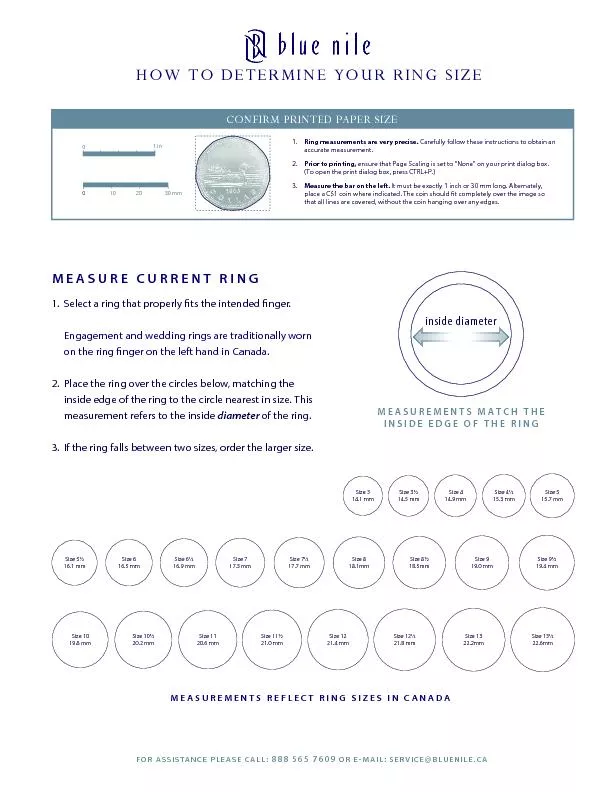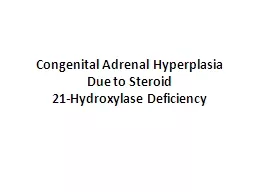PPT-CAH II 6.05
Author : danika-pritchard | Published Date : 2017-03-25
Rebecca Benners Principles of Pan Frying Technique for Pan Frying Preheat enough fat either oil or clarified butter in a pan to cover about ½ to ¾ of the food
Presentation Embed Code
Download Presentation
Download Presentation The PPT/PDF document "CAH II 6.05" is the property of its rightful owner. Permission is granted to download and print the materials on this website for personal, non-commercial use only, and to display it on your personal computer provided you do not modify the materials and that you retain all copyright notices contained in the materials. By downloading content from our website, you accept the terms of this agreement.
CAH II 6.05: Transcript
Download Rules Of Document
"CAH II 6.05"The content belongs to its owner. You may download and print it for personal use, without modification, and keep all copyright notices. By downloading, you agree to these terms.
Related Documents














